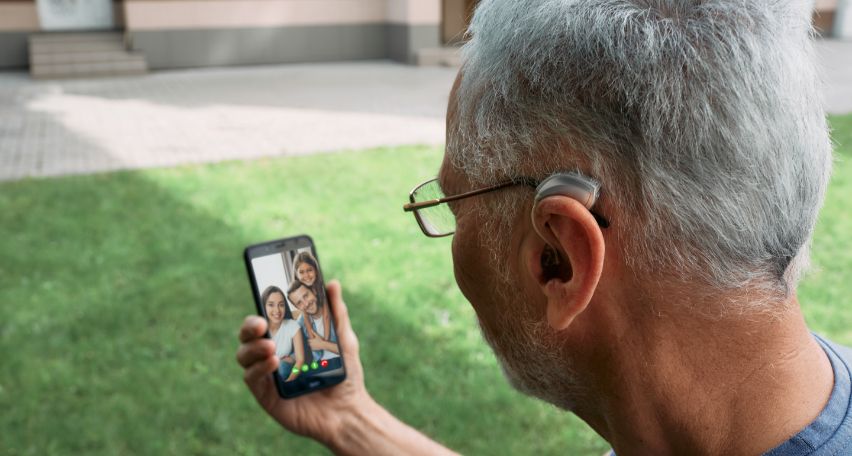We live in a world of high-speed connectivity. The same applies to hearing aids, too. They have come a long way, from bulky and uncomfortable ones to tiny and invisible gadgets. With artificial Intelligence, recharge mechanisms, tinnitus masking and more, what can we expect this year in the hearing aid sector?
1. Rechargeables
Worried about your hearing aid running out of batteries? Such inconvenience may soon become a thing of the past. With ion-lithium technology, you can charge your hearing aids like your smartphone.
It avoids wastage and inconvenience. With rechargeable batteries, you can expect to avoid the hassle of removing and replacing disposable ones. though it may not be immediately available for the tiny and invisible one, a breakthrough can be good news for all who use hearing aids.
2. Connectivity
Hearing aid connectivity means the ability of your hearing aids to connect to other electronic devices like smartphones or TVs. Remote controls have made it easy for everyone to operate devices at home. Similarly, or much more than that, apps can provide a remote control for your hearing aids. App designs and connectivity offer great flexibility for hearing aid users, helping them expand their connections with the world around them. Whether adjusting the television volume during a phone conversation or switching off a radio channel, wireless connectivity offers several benefits utilising compatible technology.
Bluetooth helps send data between devices like phones and computers. Bluetooth is hugely popular, and in the case of hearing aids, it helps limit background interference and helps you hear well. With wireless connectivity in hearing aids, you can use them with other devices. Connecting your hearing aid to a smartphone allows you to listen to music and videos and even handle phone calls without additional tools. You can connect your hearing aid as a set of wireless headphones, leaving the devices paired. Using Bluetooth to communicate audio to your hearing aid helps you to listen to television broadcasts with the same clarity as someone listening with their ears. It’s common these days for venues hosting events like seminars and conferences to offer Bluetooth connections to people with hearing aids. It helps you to have the audio from an external microphone or PA beamed directly into your ears.
Wireless connectivity changes the way that you live with your hearing aid. Not only will it allow you to use tools that were inaccessible in the past, but it will also allow you to spend less time thinking about your hearing aid. Going to shows, watching television, and listening to music can all be easy when connected to Bluetooth.
3. Artificial Intelligence
Artificial Intelligence (AI) is becoming a part of our daily life. Machine learning helps us complete much of our work, including typing a message on the smartphone easily with suggestions and recommendations. AI can play a major role in hearing aid functionality, offering great convenience and empowerment for users. Some hearing aids can track brain and body health, detect falls, and translate other languages in real-time to help break communication barriers. There will be more AI capabilities as technology continues to evolve.
4. Tinnitus masking features
Tinnitus and hearing loss are often connected. Studies show that approximately 80% of people suffering from tinnitus also have hearing loss. The unwanted activity in the brain due to the affected signals in hearing loss is called tinnitus. Tinnitus causes ringing, buzzing, or hissing in your ears that only you experience. It may be constant, or it may come and go. Though tinnitus won’t cause hearing loss, the constant buzzing or ringing sound can be distracting, making it hard to concentrate on other sounds. Hence, hearing aids for tinnitus can effectively treat tinnitus and hearing loss. The most sophisticated hearing aids come with tinnitus masking features. An audiologist will help you to program it so that it masks the annoying ringing in your ears.
